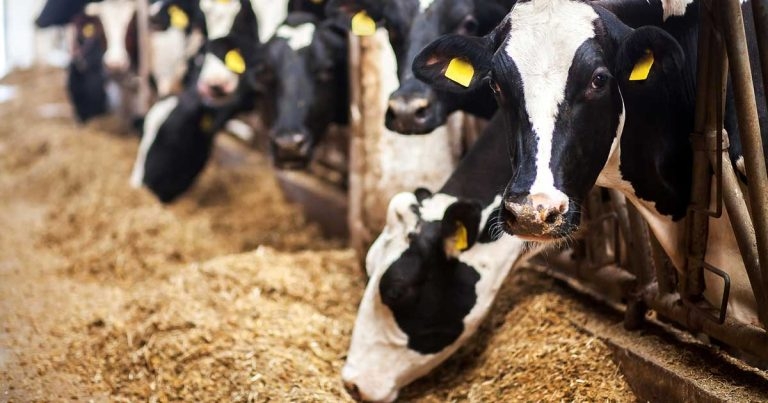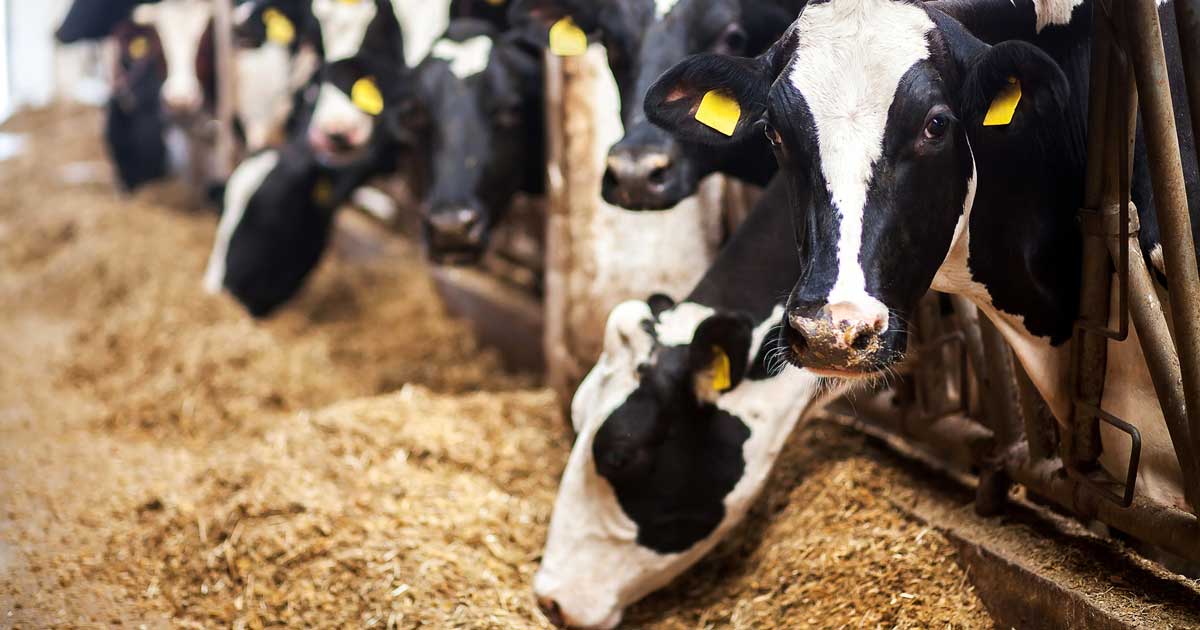6 Mar 2023
Sam Bowker explains how vets, when working closely with nutritionists and other advisors, can provide farmers with the best advice at a key time for dairy cows.

Image: © Artem Zakharov / Adobe Stock

Transition cow management should be a key priority for vets having herd health planning discussions with dairy farmers.
As well as at Blackdown Farm Vets, I also work on my family’s 220-cow dairy farm in east Devon, and believe the transition period – which I would define as running from 60 days pre-calving to 30 days post-calving – is crucial for all aspects of dairy cow health and production.
We are increasingly aware that all aspects of setting the cow up for the next lactation and her longevity – whether that be fertility, lameness or managing body condition – are determined by the transition period.
Collaborative working with other farm advisers – such as nutritionists, foot trimmers and breeding advisors – is hugely beneficial when it comes to giving best practice advice on transition cow management.
I think it’s really important for vets to be moving towards proactive herd health management, rather than offering a reactive, fire brigade-type service.
To do that, and provide decent advice, all the advisors on the farm need to come together and create that team approach.
This type of advice needs to come from regular herd health planning discussions with farmers and their advisors, rather than just through the development of the annual herd health plan.
Differences exist between a herd health plan and herd health planning; that’s really important. When we set up our practice slightly more than 12 months ago, one of the things we were keen to launch was a herd health planning service.
Every quarter, or three times a year – depending on whether the farm is operating a block-calving system or an all-year-round calving system – we take some time with the farmer to sit down around the kitchen table with the nutritionist and other advisors to really look at herd health planning, and generate some realistic action points for the farm.
Having discussions with farmers around transition management can be challenging if no obvious sign of a problem can be seen on the farm.
When clinical disease is going on in the herd, it’s relatively straightforward to start the transition management conversation around that. However, the challenge is when low levels of clinical disease are seen, but you think subclinical disease is limiting performance. That’s where we can really add value as farm vets, by giving advice to address this.
I recommend asking farmers for access to their herd health data and using this information as a starting point for determining if any problem areas are present in the transition period.
Measuring ketones in fresh cows, looking at fat protein ratios in milk and measuring the incidence of transition-related diseases are also things to focus on.
Diseases to look out for include retained cleansings, incidence of endometritis in post-natal checks, incidence of cystic ovaries in fresh cows, milk fever and left displaced abomasums.
Although advice for best practice transition management will be very much farm-specific, monitoring body condition score (BCS) pre-calving and post-calving is an easy way to spot any problems.
From 30 days pre-calving to 30-days post-calving, I don’t want more than a 0.5 BCS loss. If it’s below that, it’s fine, but if it’s more than that, an issue is present.
With BCS in mind, ketosis prevention should form a major part of transition management planning, as its risk links closely.
Ketosis is an “iceberg disease” and taking steps to prevent it from affecting the herd will reduce the incidence of other diseases, and help maintain milk yields.
A survey of 190 British dairy farmers in 2022, carried out by Dairy Farmer and Elanco Animal Health, found that of those successfully managing ketosis, 69 per cent reported an increase in performance, 56 per cent reported stronger overall herd health and 52 per cent reported improved reproductive performance.
I would recommend the use of a monensin bolus in at-risk cows as part of a transition management plan.
At-risk means any twin-bearing cows, any fat cows with a BCS of 3.5 or above at transition, any cows that have had health issues in the dry period – such as lameness – and any older cows, so fourth-calvers or older.
The targeted use of a monensin bolus in these cows reduces the prevalence of transition-related disease that would have a knock-on impact on fertility and production.
However, this needs to be used as part of a whole transition management plan, and you need to get everything else right: nutrition, feet, accommodation, water access and body condition management.